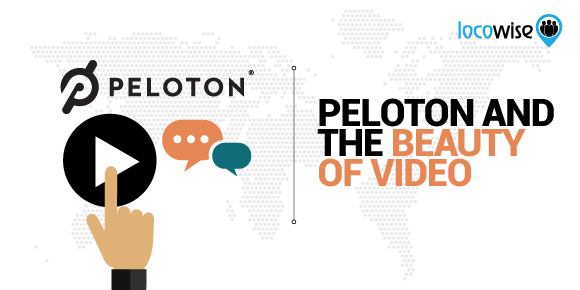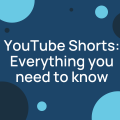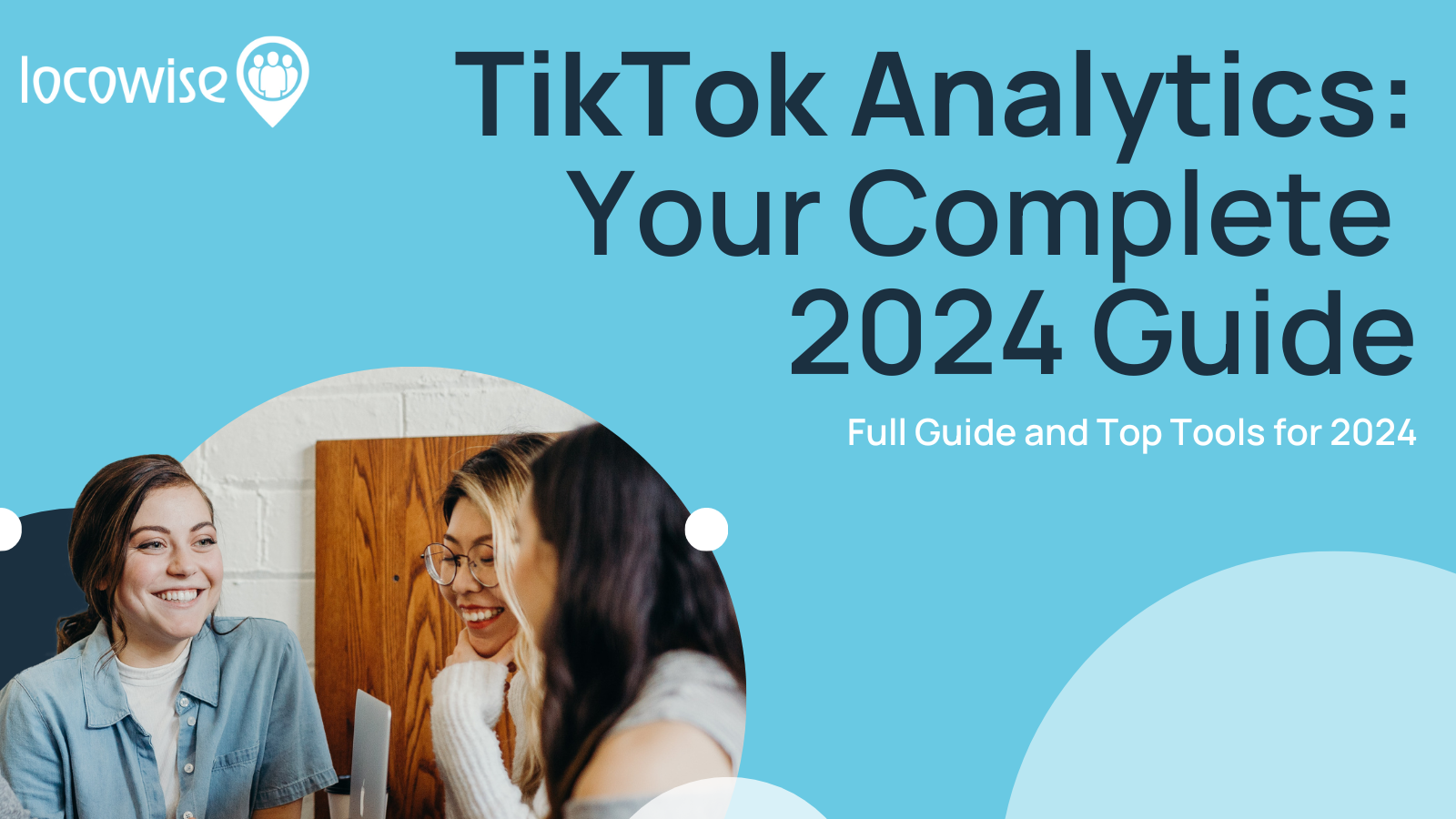Peloton And The Beauty Of Video
Sahail Ashraf posted on 15 June 2017
Peloton is a brand that is (not) going places. Okay, excuse the opening sentence (it will make sense later), but it’s a company that has very much revolutionised the fitness industry, and we expect that there will be a hundred copycats by the time you finish this article.
This is a good thing, obviously. But we have to take our hat off in awe and respect. This brand has done something that is completely new.
Peloton arrived last year (in the sense that Forbes got excited about them) and quickly made a huge splash. The idea is simple. Buy an exercise bike from them (kitted out with special technology) and then attend their spin classes in your own home, as they are streamed directly to you.
It’s an incredible idea, and it’s actually quite amazing that no one else did it before they did. Their revenue predictions in Year One? An impressive $150 million.

How Peloton is doing on social
At Locowise we crunch numbers like people breathe, or something like that. Anyway, we took a quick look at the brand’s Facebook and Instagram profiles to get a measure of how they are using social media.
Bearing in mind that this is a fitness brand, we weren’t too sure how Instagram would be utilised. Facebook kind of makes sense because the brand seems to have built up a strong community feel anyway. But let’s take a look and see how the brand shapes up.
Facebook
Here is a recent post on Facebook, and it’s one of their top performing ones in terms of engagement. It’s a new commercial for a product.
The post received 383% more reactions compared to average performance. Video tends to perform better overall.
With over a quarter of a million fans on Facebook, there is a lot to play for. And the most outstanding content here makes absolutely perfect sense. Most of the work done on Facebook by the Peloton team gets a ton of engagement.
We see the same Kate Hudson post we will see on Instagram, for example, gaining 515 Likes. Their audience is significantly bigger on Facebook (250K plus compared to 70K on Instagram) but when you see a post having nearly 70K impressions on Facebook, it still looks great.
The best content here? Celebrity endorsement, and local content aimed at local events.
Instagram
On Instagram some images alone gain engagement, but video tends to provide the spikes. In fact, looking at Peloton as a whole, there are actually certain types of content that really hit the mark with their audience.
Our drilldown allowed us to see that one image post in particular provided a clear home run, and it also kind of gave us an insight into what might work with Peloton on Instagram moving forward.
There’s a famous Hollywood actress named Kate Hudson, and when there was an article with Hudson praising the merits of her Peloton Cycle, it ended up on the brand’s Instagram. Cue major engagement, and a whopping 77 comments, 250% more comments than an average post.
And then we have a post that is focused on a local showroom opening here. Again, engagement was significantly higher than normal. This look at two successful Instagram posts tells us a couple of things.
When Peloton bring culture and lifestyle into the social media mix, it scores well. And when the content is localised to some extent, it also hits big. These two aspects of content should be something that Pelletron could look at in the future.
The audience literally responds more to famous endorsements (or influencers if you will) and any localised content probably has a better chance at engagement.
Hashtags posts, in the main, also gain better engagement. So this is another way that Peloton can engineer further engagement.
And with engagement overall up but 9.47% in the last month (May 5th 2017 to June 2nd), things are going well.
The upshot
The audience doesn’t really want to venture out beyond good video content, and images that focus on a lifestyle aspect. It’s important to Peloton’s crowd that they feel the lifestyle they are signing up for is the ‘Hollywood’ lifestyle, where people can achieve Hollywood bodies. So aspirational content is key.
In addition, ensuring that the content has some local slant wherever it is possible will allow Peloton to experience even more success.
To move engagement up even further across both platforms, we would seriously consider following a strategy of trying to bring that true lifestyle feel. If you have celebrities spouting good stuff about your product use them. If this isn’t working, include known faces and influencers indirectly, but quoting them or linking to some amazing imagery they have been part of.
Localised content is perfectly done if you use user generated content, or prizes focused on a certain locality. Both these types of content, along with hashtags, can really boost Peloton even further we think.
This post should highlight to you the importance of listening to audiences and tracking outcomes on metrics platform. Seeing which posts perform the best means that you can replicate and gain even more engagement in the years to come.





